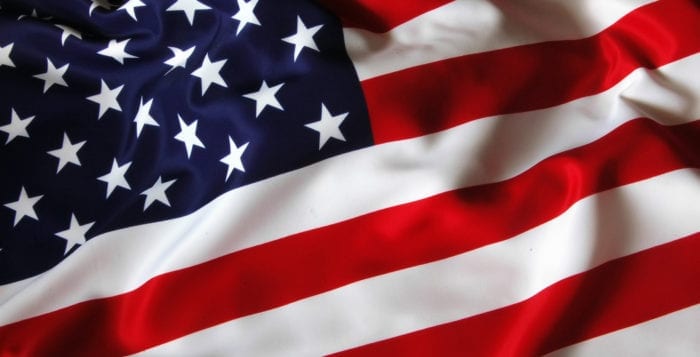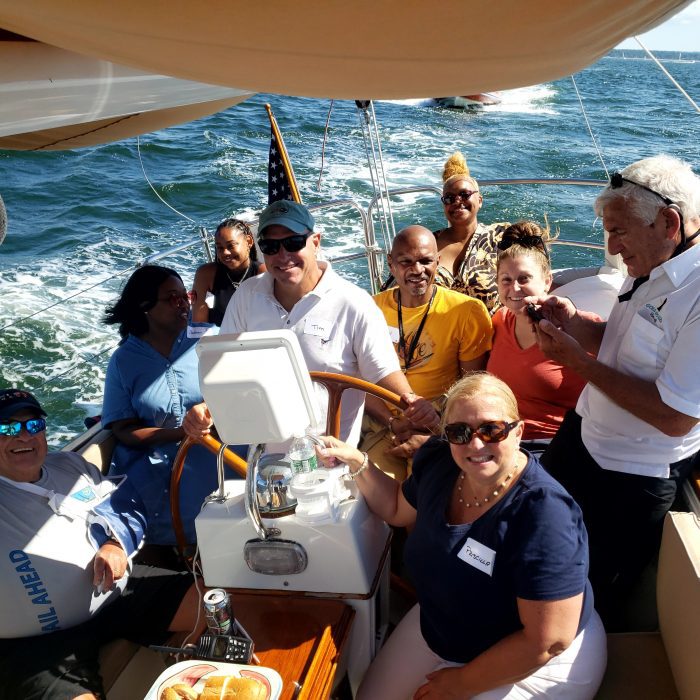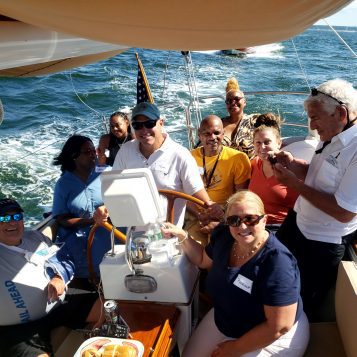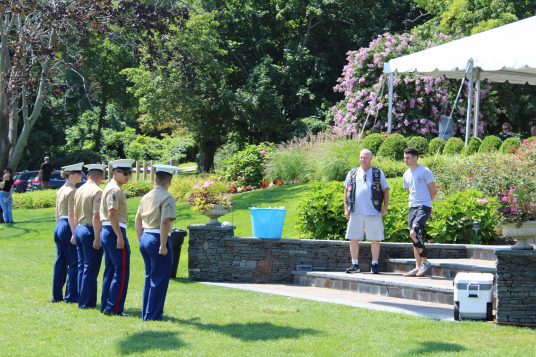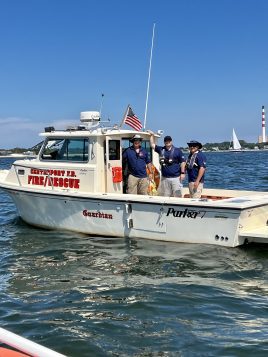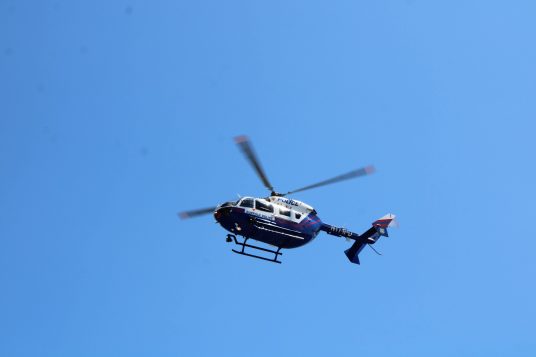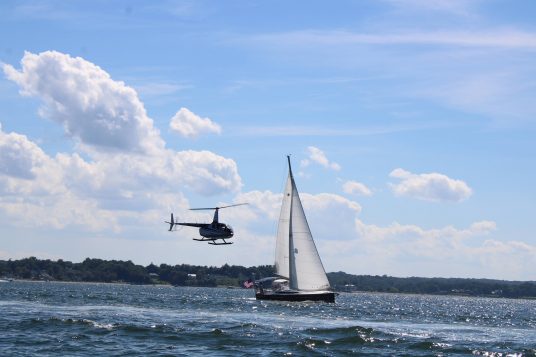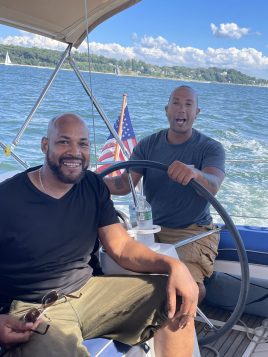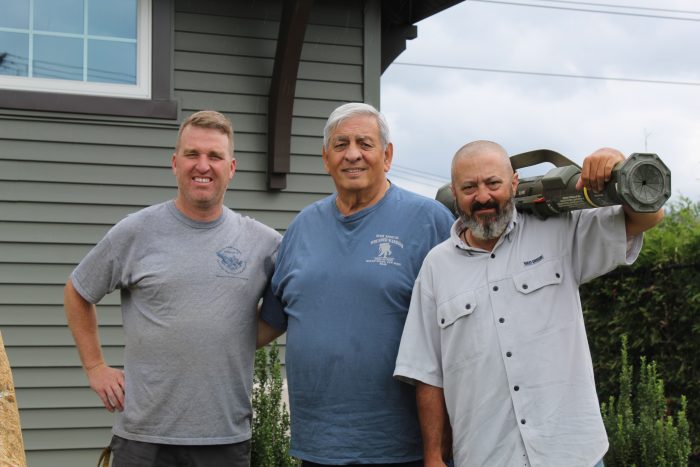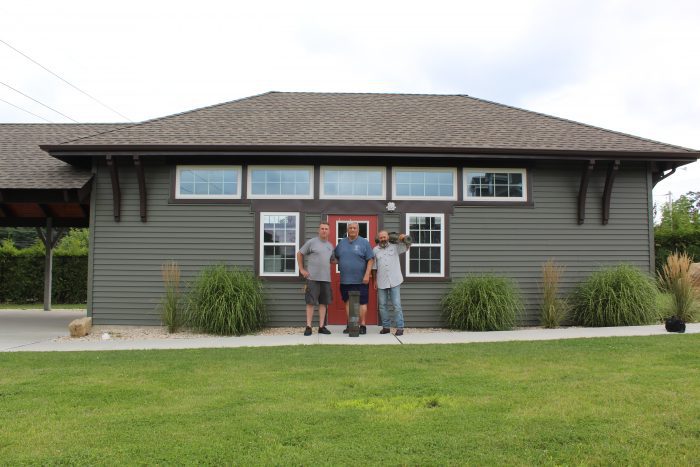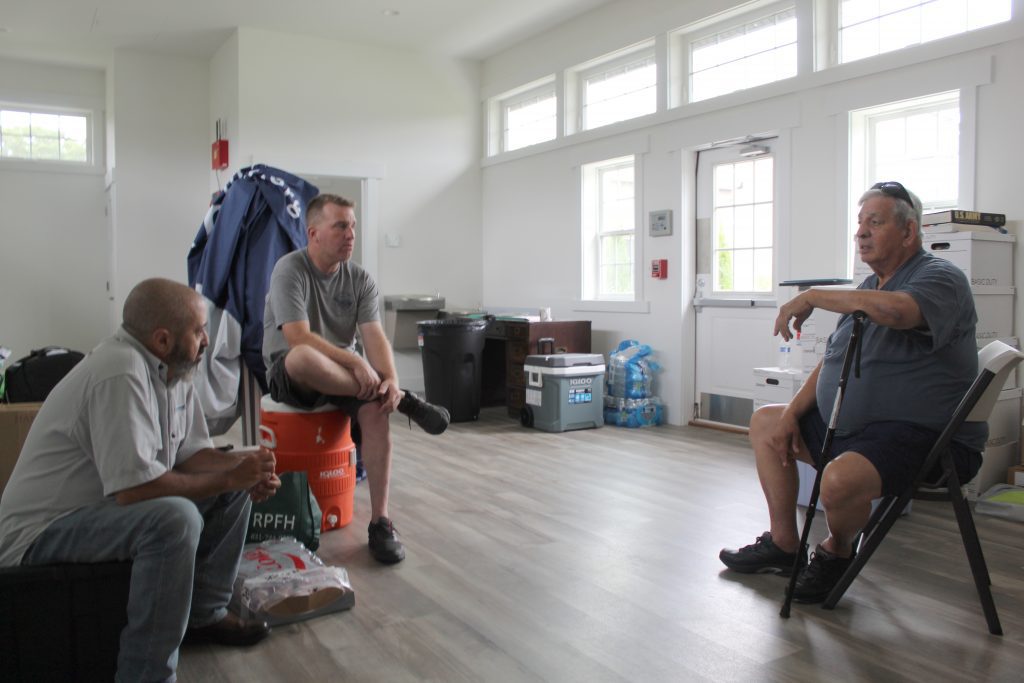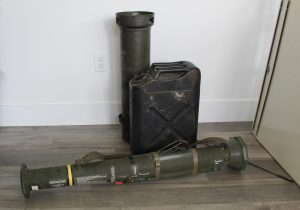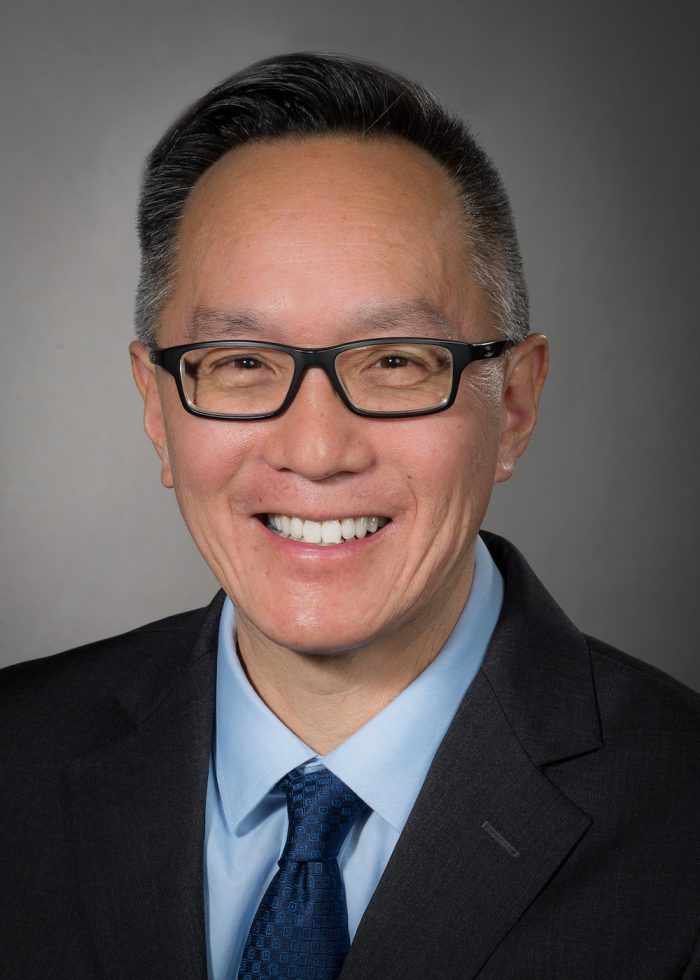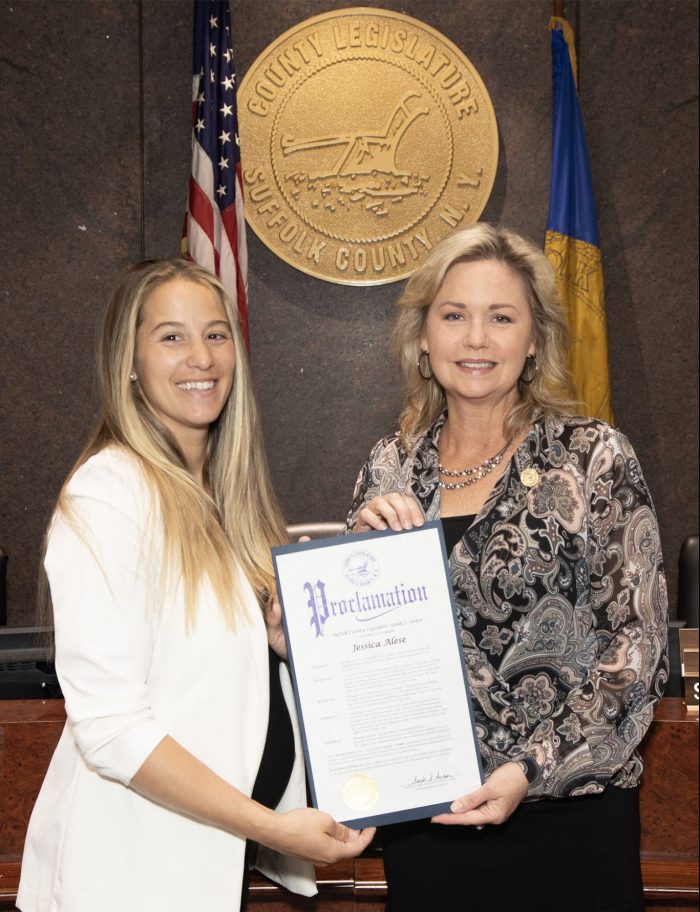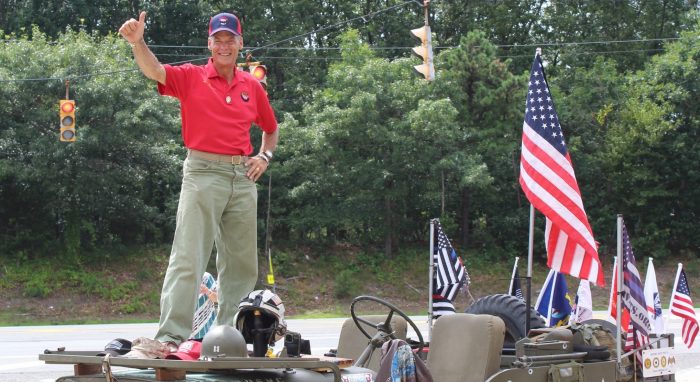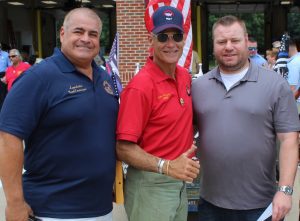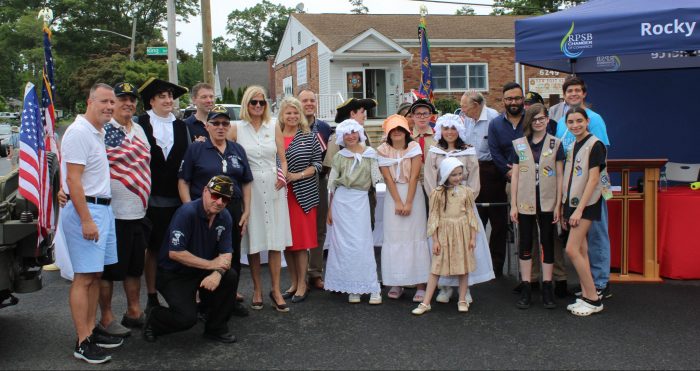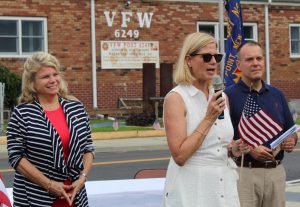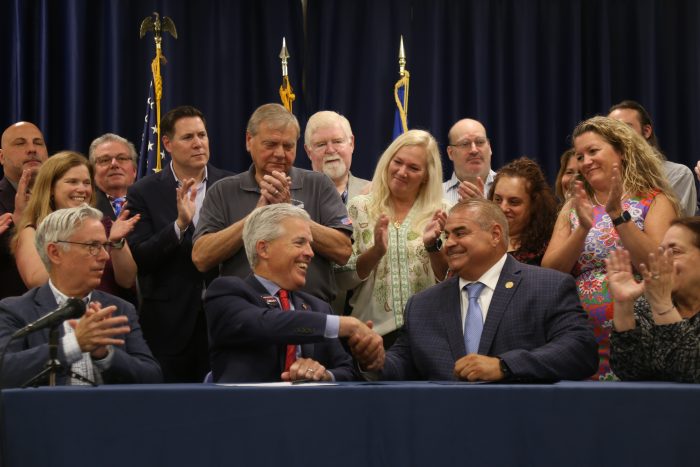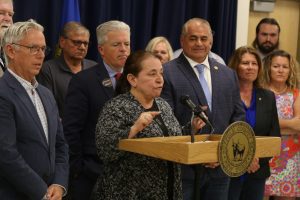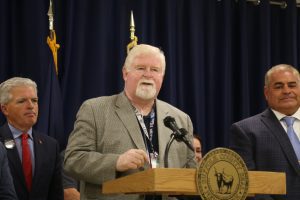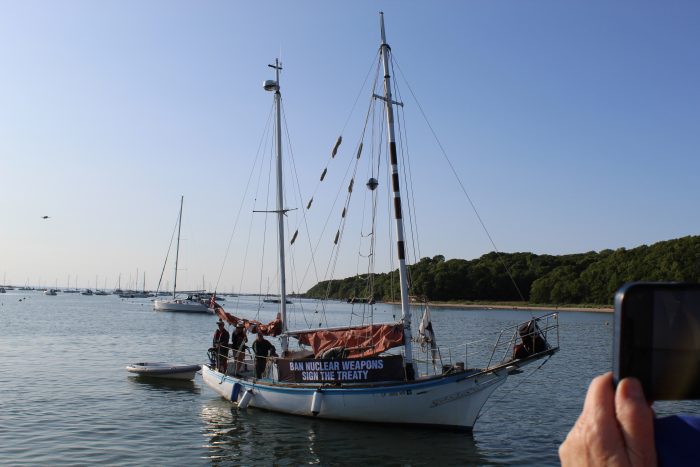The Suffolk County Veterans Services Agency in partnership with the Long Island Veteran Suicide Prevention Coalition will host the 5th annual Veterans Resource and Stand Down Event to provide information and services to our local veterans in need on Tuesday, August 29 from 2 to 6 p.m. in the H. Lee Dennison Building Media Rooms, 100 Veterans Memorial Highway, Hauppauge.
This year, 26 organizations and county agencies will participate, offering a variety of resources free-of-charge.
“I am proud to host this resource event that honors and supports our brave veterans,” said Suffolk County Executive Steve Bellone. “Suffolk County is home to the largest veteran community in the state so it is vital for them to have access to these essential resources. It’s our way of showing gratitude and providing the tangible assistance our veterans truly deserve.”
Veterans who attend will have an opportunity to receive a variety of resources including: sneakers, socks, t-shirts, rain jackets, backpacks, underwear, hats, fresh produce, information about local veterans nonprofit programs and much more!
Over the last two years, more than 500 veteran attendees have received resources from the various organizations and county agencies at the Stand Down Event. The County anticipates 200 veterans will attend this year.
The following organizations will be participating in the event:
-
Suffolk County Community College
-
General Needs Ltd
-
Long Island Cares, Inc.-The Harry Chapin Food Bank
-
American Red Cross
-
VA Medical Center Women’s Healthcare
-
Economic Opportunity Council of Suffolk, Inc.
-
CN Guidance and Counseling Services, Inc.
-
Long Island Problem Gambling Resource Center
-
Veterans Yoga Project
-
St. Joseph’s University NY, Office of Military and Veteran Services (OMVS)
-
National Grid
-
Long Island State Veterans Home
-
Paws of War
-
Stony Brook University
-
PSEG Long Island
-
United Way of Long Island
-
United Veterans Beacon House
-
Northport VAMC Caregiver Support Program
-
Family Service League
-
Northport VA Medical Center
-
Warrior Ranch Foundation
-
Dwyer Project
-
Amazon
-
Catholic Health
-
Suffolk County Office for People with Disabilities
-
Island Harvest Food Bank
Amy Millheiser from the LI Veterans Suicide Prevention Coalition said, “We lose 17 veterans a day to suicide and one of the goals of this coalition is to improve connectedness among veterans and the organizations that support them. This event is an opportunity for organizations to come together to assist veterans in need and connect them with the resources both at the VA and in the community.”
“General Needs Ltd invites the local Suffolk County Veterans to participate in this uniquely collaborative event to learn about services, programs and resources available for them and their families. It’s been wonderful to see all of the veteran agencies jumping onboard and working together to make this Stand Down/ Resource Day informative, supportive and respectful. If you’re a vet, it may have been awhile since you’ve reached out for help. Please come and walk through, take some information that you may need or want in the future. You’ve earned these benefits, please come, receive our thanks and take a step forward for yourself and your family,” said Lonnie & Susan Sherman, Founders of General Needs Ltd.
David Lyons, interim president and COO of PSEG Long Island said, “PSEG Long Island understands the importance of helping our neighbors, especially our heroes in the veteran community. We are proud to partner with Suffolk County, the General Needs organization and National Grid to support this Stand Down event. Along with providing information on job opportunities in the utility industry and details of our money-saving programs and services, we are distributing new coats and boots, rainwear, socks and other winter essentials that will help our neighbors who served, be more comfortable in the coming months.”

